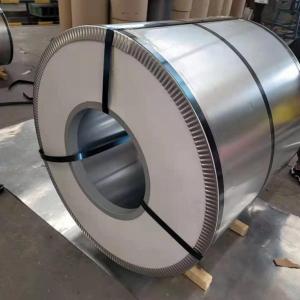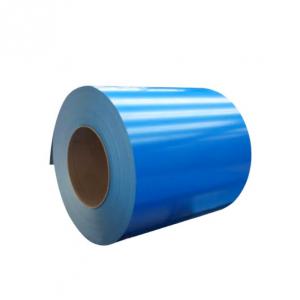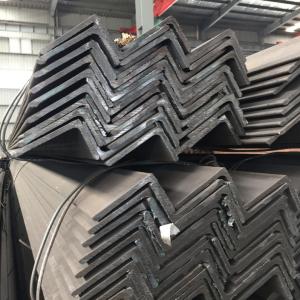Loading Port:Qingdao
Payment Terms:TT or LC
Min Order Qty:3000 kg
Supply Capability:300000 kg/month
Heat Insulation Furnace Curtain Ceramic Fiber Textiles / Cloth / Rope / Tape / Yarn
Product Description:
Ceramic Fiber Textiles such as Cloth, Rope and Tape is a woven fabric made from our high quality ceramic fiber woven yarn. The cloth is reinforced with fiberglass filament, or optional Inconel/alloy steel wire reinforcement.
Ceramic fiber textiles (cloth, tape and rope) contain a certain amount of binder material which is normally burned at lower temperature and does not affect the insulation property.
It is featured with heat insulation and high temperature protective materials in all kind of thermal installations and heat-conducting systems, widely used in welding, foundry works, aluminum and steel mills, boiler insulation and seal, shipyards, refineries, power plants and chemical plants.
Product Features:
· Lightweight and low thermal conductivity.
· Excellent insulation at high temperature.
· Resists corrosive chemicals, commonly used acid and alkali.
· Strong and abrasive. It can be used in tough environment.
· Good substitute of asbestos products in many insulation and sealing applications.
· Reinforcing material: glass fiber wire, stainless steel wire, glass fiber and stainless steel wire.
Product Applications:
· Heat insulation furnace curtain, large area thermal insulation.
· Radiant heat shielding, flexible fabric expansion joints for high temperature piping.
· Safety blankets, welding blankets, protective and insulating covers, gaskets, cable or pipe wrapping, etc.
Product Images:
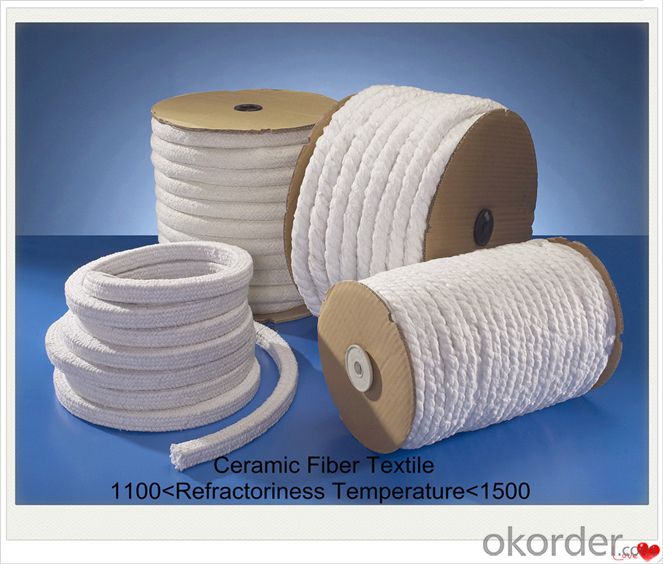
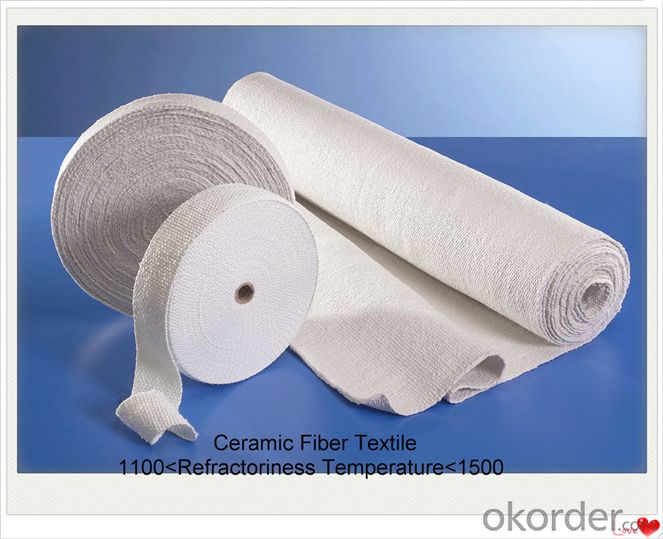
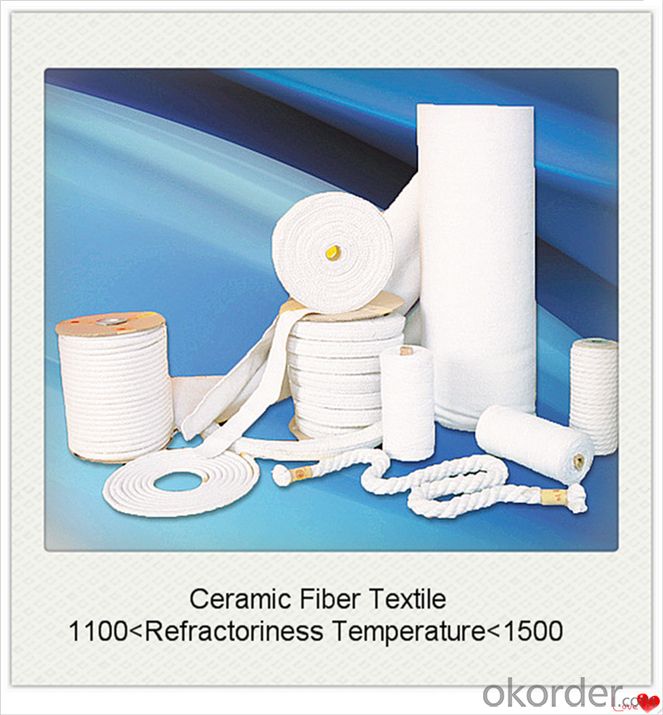
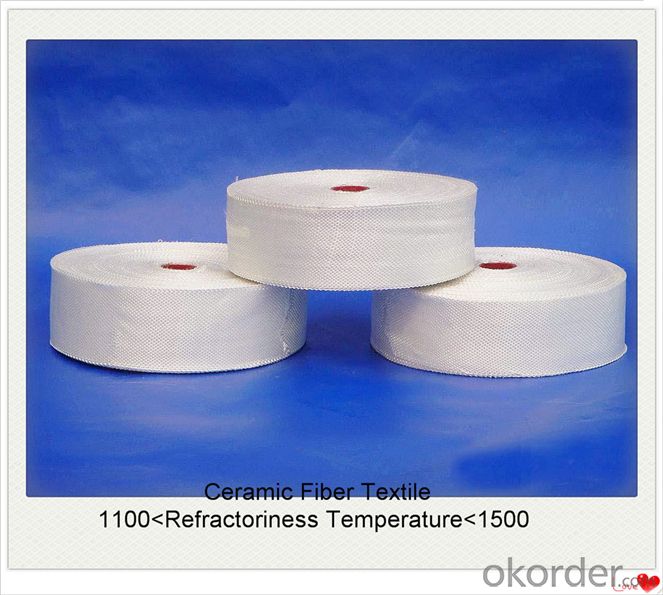
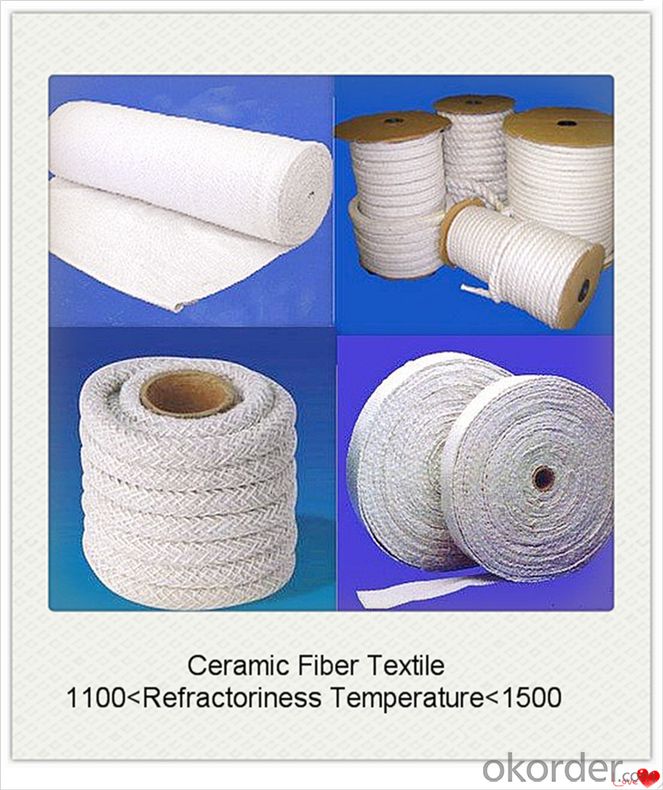
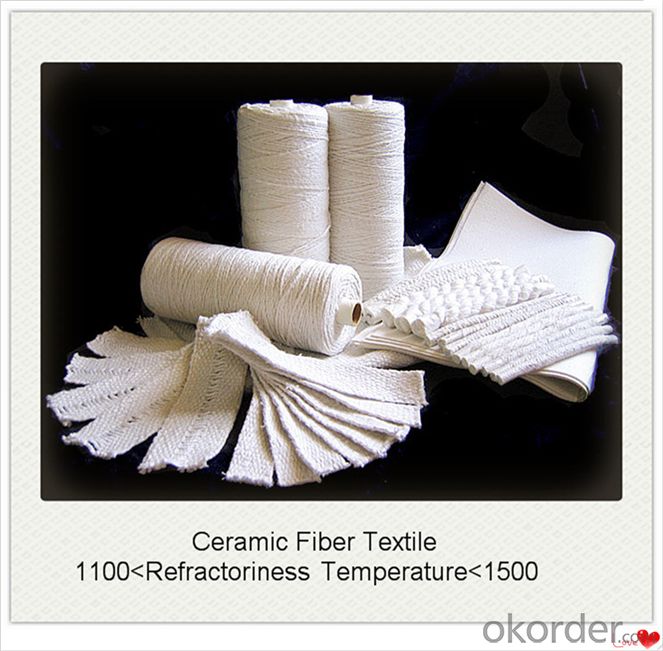
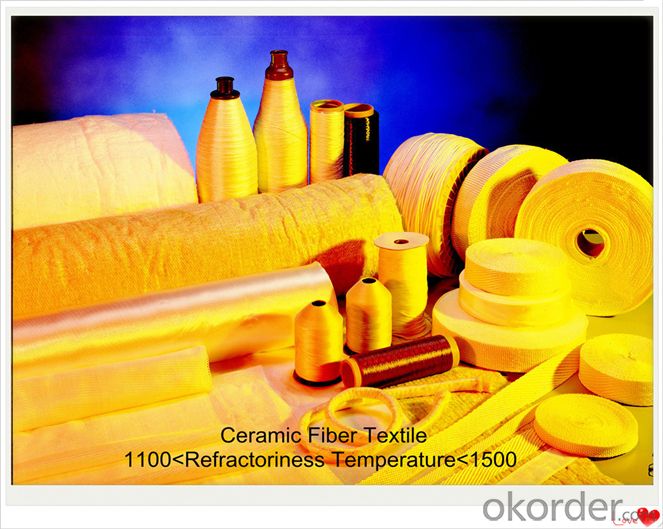
Product Specifications:
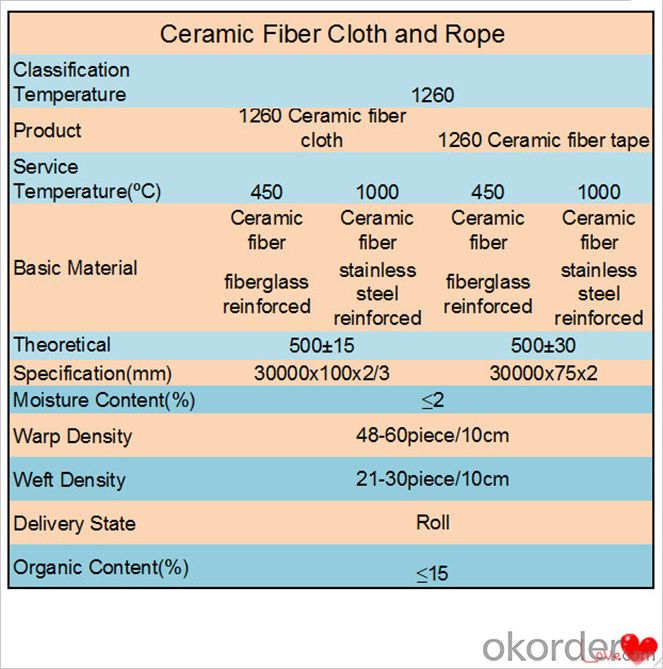
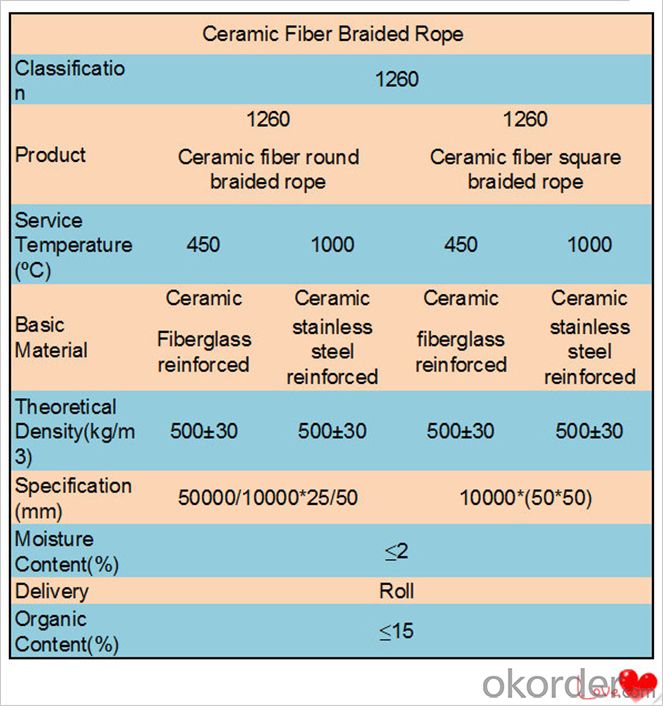
FAQ:
Q1: Why buy Materials & Equipment from OKorder.com?
A1: All products offered by OKorder.com are carefully selected from China's most reliable manufacturing enterprises. Through its ISO certifications, OKorder.com adheres to the highest standards and a commitment to supply chain safety and customer satisfaction.
Q2: How do we guarantee the quality of our products?
A2: We have established an advanced quality management system which conducts strict quality tests at every step, from raw materials to the final product. At the same time, we provide extensive follow-up service assurances as required.
Q3: What other products does OKorder offer?
A3: We offer a full range of refractory bricks, mortar, cement, ceramic fiber products, and more.
Q4: Where are Ceramic Fiber products used?
A4: Ceramic fiber products have many advantages, including: high temperature stability, lightweight, superior insulation, and ease of application. Fiber products are available in a variety of product forms to solve a range of thermal management application problems across various industries. The main industrial market segments that use ceramic fiber and soluble fiber products are the aluminum, iron, steel, heat treatment, power, incineration, boilers, and glass industries.
Q5: What kind of Ceramic Fiber should I use?
A5: When selecting the fiber type for a particular application, it is important to consider all factors. If the fiber/fabric will not have to support a load at temperature, the lower-cost industrial grade fibers may be appropriate. However, if the fiber will be load bearing at temperature as in ceramic matrix composites, then one of the composite grade fibers would be a better choice. Of course there may be other factors, such as corrosion, chemical resistance, or atmospheric conditions that may require trade-off in the selection process.
